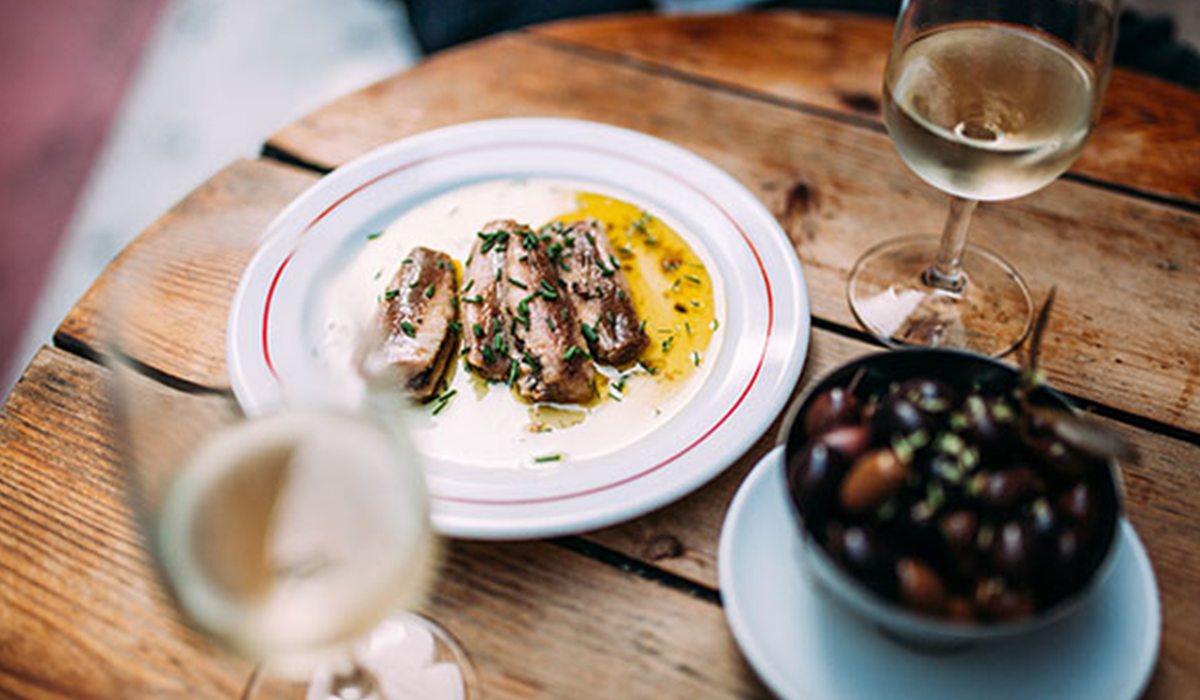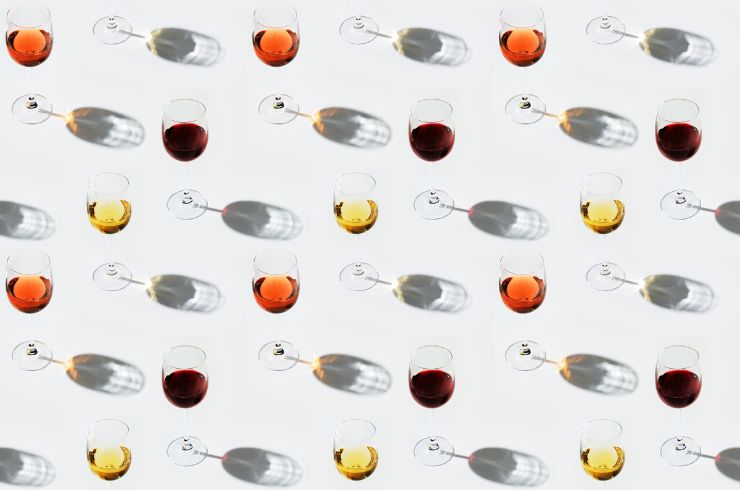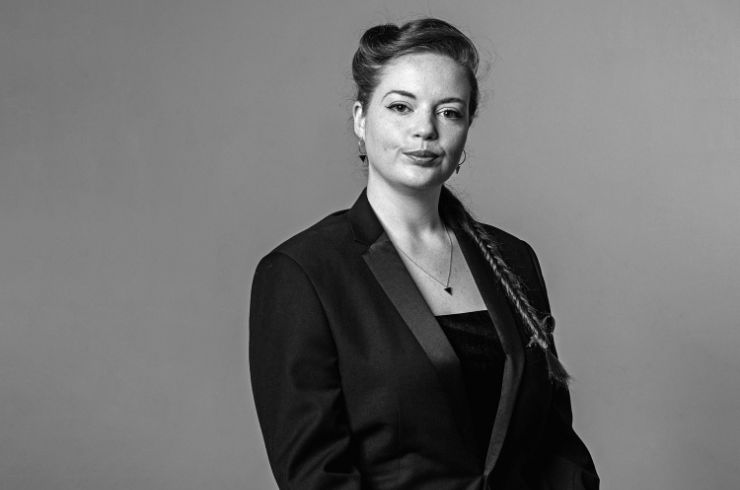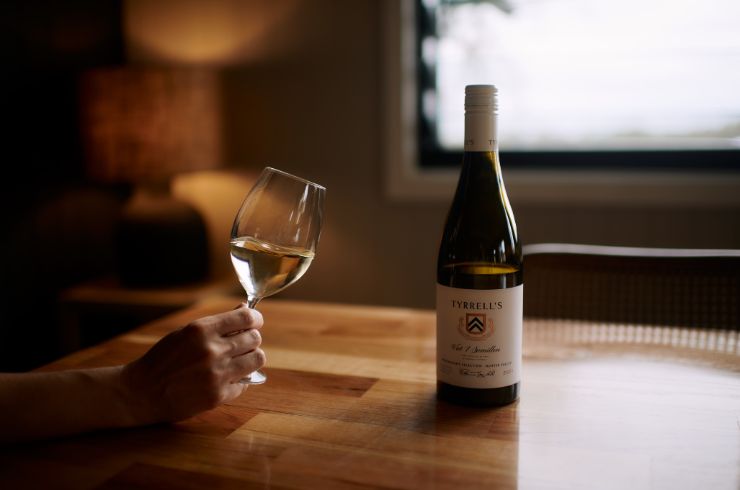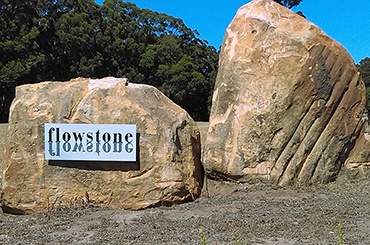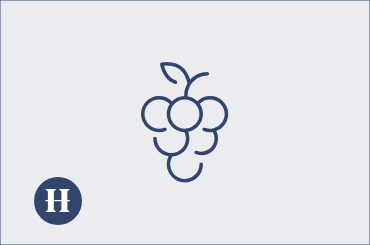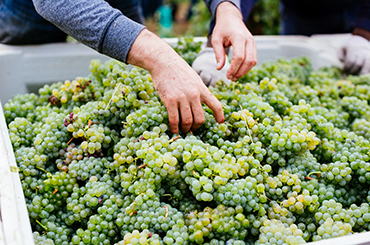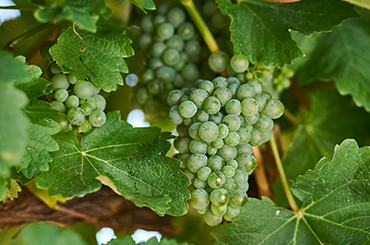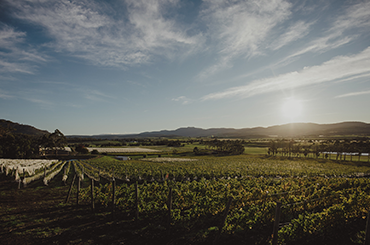Go to section: Sauvignon blanc characteristics | Origins of sauvignon blanc | How to pair food with sauvignon blanc | Serving temperature for sauvignon blanc | The best Australian sauvignon blanc regions
Sauvignon blanc is a noble white variety born in the Loire Valley region of France, and its name loosely translates to “wild white”. It’s a parent of cabernet sauvignon, and it also has ties to the white varieties chenin blanc and savagnin. Despite its European origins and centuries-old history, dating back to the 1500s, you probably know it best as the fresh, fruity white wine that’s had monumental success in the New World.
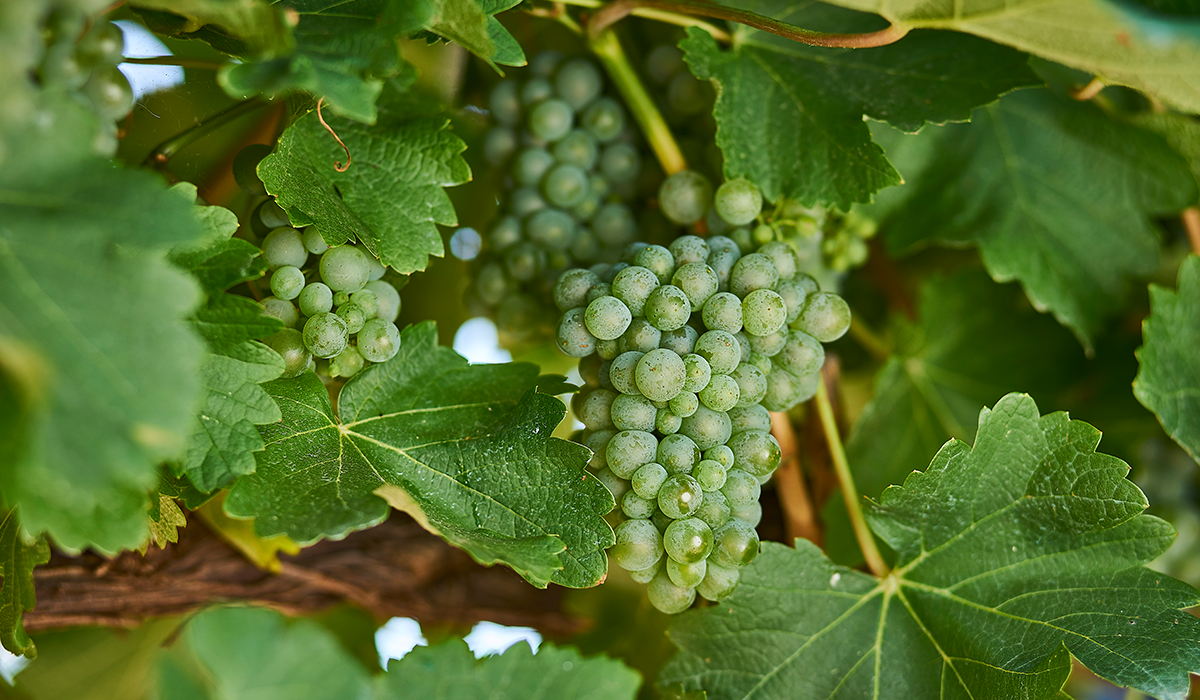
Sauvignon blanc tasting characteristics
Sauvignon blanc is celebrated for its lifted aromas, vivid fruit flavours, and distinctive herbal and mineral characters. While it’s well known for crisp, refreshing wines that run the gamut from bright and zesty to ripe and tropical, winemaking approaches like oak ageing, wild fermentation and lees stirring can create richer, more textural styles.
Origins of sauvignon blanc
Sauvignon blanc originated in France’s Loire Valley in the 16th century, with its synonym “fiers” recorded as early as 1534. This region is its official birthplace, contrary to some confusion about it being Bordeaux. The story of sauvignon blanc in Australia was greatly affected by the movement in New Zealand, with the success of Marlborough sauvignon blanc in the early 2000s influencing the preferences of Australian drinkers and leading to an increase in plantings.How to pair food with sauvignon blanc
In general, as a white wine, sauvignon blanc pairs well with tangy, herby, briny and earthy flavours. goat’s cheese is a classic pairing with sauvignon blanc, as are oysters and other shellfish. For mains, try crisp green vegetables, delicate white fish, and salads starring citrusy dressings and herbs.
Serving temperature for sauvignon blanc
The ideal serving temperature for sauvignon blanc is 8–10 degrees.Sign up to view these tasting notes and ratings
By becoming a member of Wine Companion, you'll have access to the largest database of wines in Australia.
-
Margaret River
This Western Australian region champions sauvignon blanc like few others. Margaret River wineries often blend sauvignon blanc with semillon to achieve a bright, citrusy, Bordeaux-inspired white. -
Adelaide Hills
Sauvignon blanc is a prominent white grape in the Adelaide Hills of South Australia, with the cooler climate of this region providing the right environment for aromatic, full-flavoured styles. -
Orange
The high-altitude vineyards of Orange in New South Wales are ideal for sauvignon blanc. Wines from here typically have pronounced tropical notes plus herbaceous characters.
The best Australian sauvignon blanc regions
Many local winemakers from Australia utilise techniques originating from France to make sauvignon blanc.
